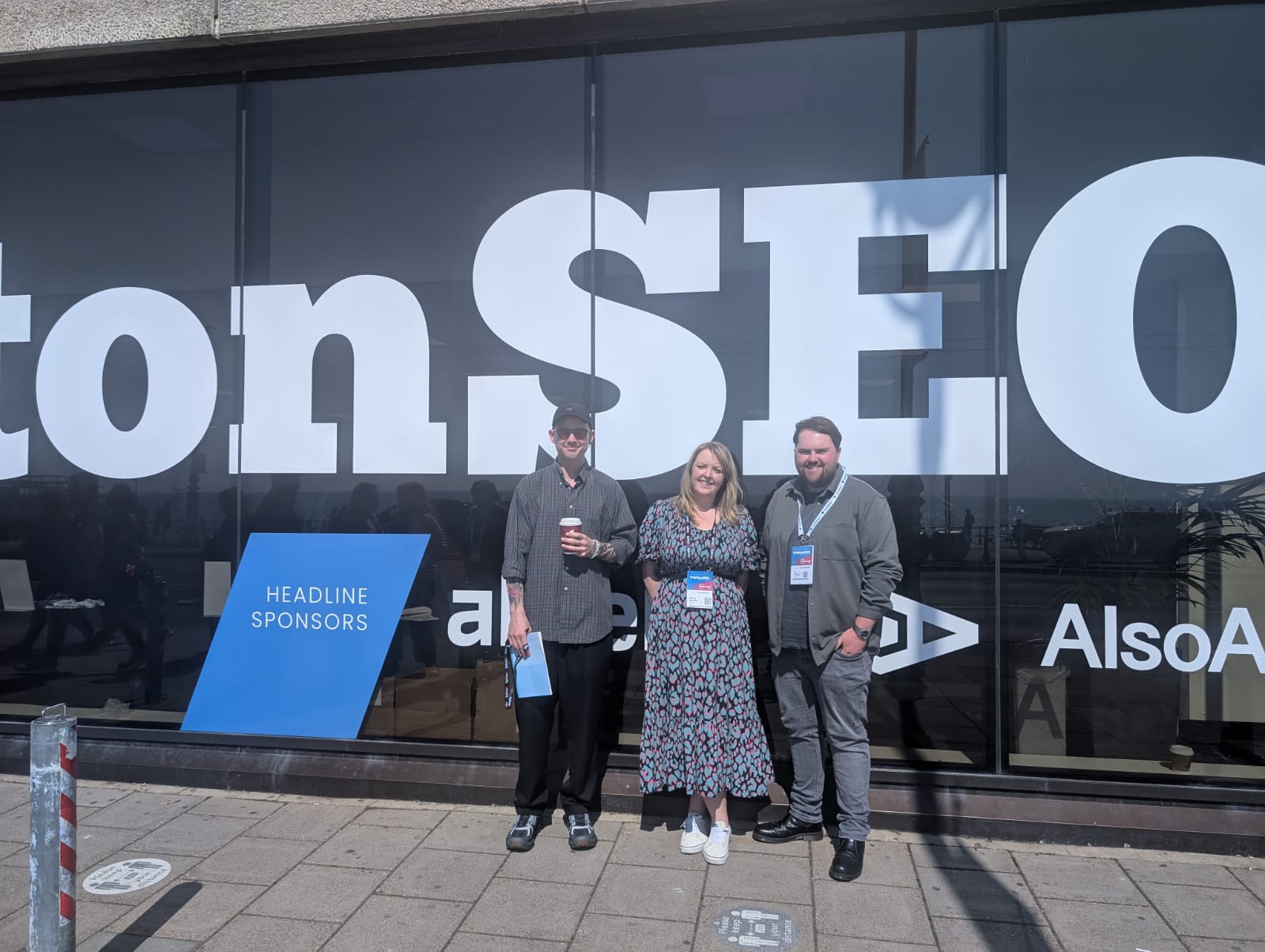Selling brand investment to the Board: a guide for marketing managers

By Ellie Jackson, Chief Client Strategy Officer
Earlier this month, Kantar released its annual Most Valuable Brands report, and if you haven’t already, I’d highly recommend taking a look. Although the title suggests a focus on the world’s biggest names, there are several universal truths for companies with fewer 000s on their bottom line too.
It’s not unusual, in our niche B2B sectors in particular, for investment in brand strategy, positioning or brand assets to be dismissed by a Board or CFO as an expense rather than a strategic value-adding activity. That’s on us. Historically, the marketing industry hasn’t always done a great job of dispelling this myth, but it’s increasingly important that we do. As ever, this report does a great job of underpinning some of the key arguments with recent data. Here are some of the key takeaways:
Businesses that invest in their brands outperform the market… and investing in your brand remains the most powerful way to grow.
This correlates with a wealth of similar research, such as that from May this year from Brand Finance, which stated in its Global Most Valuable B2B Brands Index 2023: “Research finds that the returns of highly branded organizations (i.e. companies with a high brand value to business value ratio) outperform the S&P 500.”
That’s all underpinned by the most recent data suggesting that the value of intangible assets in the S&P 500 has soared to 90% of the total value. While that’s not all brand, that figure has tripled over the last 30-40 years, and one of the main factors is the growth of the importance of brand value in purchasing decisions.
Strong brands deliver superior shareholder returns, are more resilient in times of crisis, and recover more quickly.
A strong brand gives you salience, which is key when it comes to sales consideration (or getting on the RFP or tender list, for many of our clients), but it also buys you resilience in tough times. Lots of research, most recently looking at the recent pandemic-affected period, has confirmed that organizations with stronger brands are hit less hard by an economic downturn, both in the severity and the length of the impact.
It stands to reason: one of the classic elements of the brand discussion is the price premium a strong brand can enable you to command, protecting margin when others are damaging their brand and bottom line with price cuts.
As Paul Coxhill, CEO of WARC says in the earlier-cited Brand Finance B2B report: “…the ability to charge a premium in price can be heavily influenced by perceptions of value; and [that] long-term sales growth – as well as short-term conversion – relies on having a clear promise across all parts of the organization, amplified by marketing.”
The other key point here is the trust inspired by a strong brand. That is of particular value in a time of broader economic challenges, when consumers and clients are typically extra diligent in their purchasing decisions.
And of course, it’s well-documented that organizations with strong brands recover better from self-inflicted crises than those without. Of course, the way the crisis is handled is critical, but the rebound tends to come more swiftly when the foundations are solid.
So, how do you create a strong brand?
Kantar’s report explores this, too. They identify the following elements:
- “Meaningful: The extent to which brands create clear and consistent functional and emotional connections with consumers. Meaningful brands meet people’s needs in a way that demonstrates warmth.
- Different: The extent to which a brand is seen to offer something that others don’t and lead the way. Different brands are hard to substitute and often offer something new.
- Salient: The mental availability of the brand – how quickly and easily it comes to mind when choosing between options. A brand’s most fundamental role is as a short-cut for decision-making.”
The most important contributor of these to market share growth, is difference
(based on 1313 brands tracked over 3-4 years, in work reviewed and backed by the University of Oxford’s Saïd Business School). The research doesn’t stop there. An even larger study by Kantar Analytics Practice recently investigated 11,000 case studies and summarized the key building blocks of ‘difference’ as:
- “Category Leadership: Setting the trends and challenging the status quo
- Distinctiveness: A highly distinctive look and feel and a suite of assets to reinforce this
- Emotive clarity: Building clear and strong emotional connections with consumers
- Functional benefits: Superior qualities that can help to set them apart from others”
As marketers, there is a limit to what we can do on the last bullet point (though a strong, evidence-backed knowledge of clients’ needs and wants gleaned from market research should obviously be passed to R&D teams). Similarly, the first point is broader than marketing alone, though we should be making our voice heard and ensuring that such leadership is strongly communicated to all stakeholders.
But on points two and three, we can lead the charge. Too often we see companies with visual assets that do not reflect the brand today, or simply applied so inconsistently as to dilute their potential. Those problems do not have to be difficult to fix. Layer on top of that strong messaging, that lays the foundations to build that emotive clarity with consumers – something we argue is still important, but often underplayed in the B2B world, and you’re on the way to strengthening your brand, with all of the financial benefits that follow.
If you’re thinking of making and investment in your brand, we’d love to explore the opportunity with you: contact our team of brand strategists.

